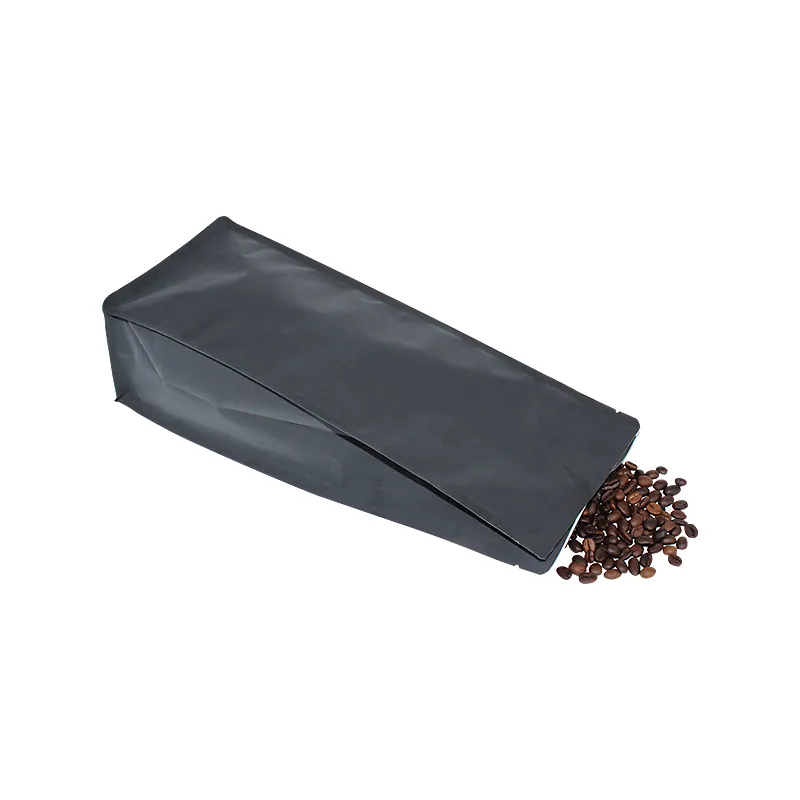Exploring the Benefits and Applications of Laminated Film Technology
Laminated Films An Overview of Their Types, Applications, and Benefits
Laminated films are gaining significant prominence in various industries due to their versatility and effectiveness in packaging. These films, created by bonding two or more layers of material, offer numerous advantages that cater to modern consumer needs and environmental considerations. In this article, we will explore the different types of laminated films, their applications, and the benefits they provide.
Types of Laminated Films
Laminated films can be classified into several categories based on their composition and intended use. The most common types include
1. Polyethylene (PE) Laminated Films These are widely used for food packaging because of their moisture resistance and toughness. They are often combined with other materials to enhance barrier properties.
2. Polyester (PET) Laminated Films Known for their excellent strength and clarity, PET films are frequently utilized in applications requiring transparency such as graphics, labels, and high-quality packaging.
3. BOPP (Biaxially Oriented Polypropylene) Laminated Films Popular in both food and non-food industries, BOPP films provide good clarity and surface gloss along with a barrier against moisture and oxygen.
4. Aluminum Foil Laminated Films These are used when a high barrier to light, moisture, and gases is needed. They are commonly found in snack food packaging and other products requiring long shelf life.
5. Biodegradable Laminated Films With an increasing focus on sustainability, biodegradable films made from natural polymers are emerging. These films are designed to decompose more quickly than traditional plastic, making them an attractive option for eco-conscious consumers.
Applications of Laminated Films
Laminated films are utilized in a multitude of applications across various sectors
- Food Packaging One of the primary uses of laminated films is in the food industry. Their excellent barrier properties extend the shelf life of products, ensuring freshness and safety. They are commonly used for packaging snacks, frozen foods, and ready-to-eat meals.
laminated films

- Medical Packaging In healthcare, laminated films are crucial for maintaining the sterility of medical devices and pharmaceuticals
. Their ability to provide airtight seals helps prevent contamination, ensuring patient safety.- Cosmetics and Personal Care The beauty industry also benefits from laminated films. Used for packaging creams, lotions, and other personal care products, these films enhance product durability and aesthetic appeal.
- Industrial Applications Laminated films are used in various industrial applications, including insulation, protective coverings, and as parts in the automotive industry. Their strength and resistance to chemicals make them ideal for such uses.
Benefits of Laminated Films
The advantages of using laminated films are numerous and impactful
1. Enhanced Durability Laminated films are known for their toughness. The multilayer structure provides greater resistance to physical damage, ensuring that products remain intact during handling and transportation.
2. Improved Barrier Properties One of the standout features of laminated films is their ability to provide superior barrier protection against moisture, oxygen, and light. This is particularly essential for preserving the quality of food and pharmaceuticals.
3. Customizability Laminated films can be tailored to meet specific requirements. Manufacturers can adjust the material properties, thickness, and visual designs according to the end product's needs, creating customized solutions for diverse applications.
4. Sustainability With growing environmental concerns, many manufacturers are focusing on developing eco-friendly laminated films. Biodegradable options are now available, allowing companies to reduce their carbon footprint while still providing effective packaging solutions.
5. Cost-Effectiveness Laminated films can often be produced in bulk, driving down costs. Additionally, their ability to protect products from spoilage can lead to reduced waste and increased savings for companies.
Conclusion
In conclusion, laminated films represent a significant advancement in packaging technology, merging functionality with versatility. Their applications span across numerous industries, driven by the demand for durability, barrier properties, and environmental responsibility. As industries continue to evolve, laminated films will undoubtedly play a crucial role in shaping the future of packaging solutions. By investing in this technology, businesses can ensure that they meet the needs of both their products and their consumers in an ever-changing market.













